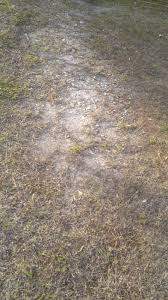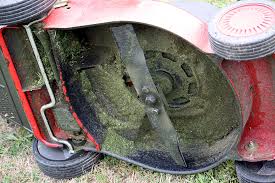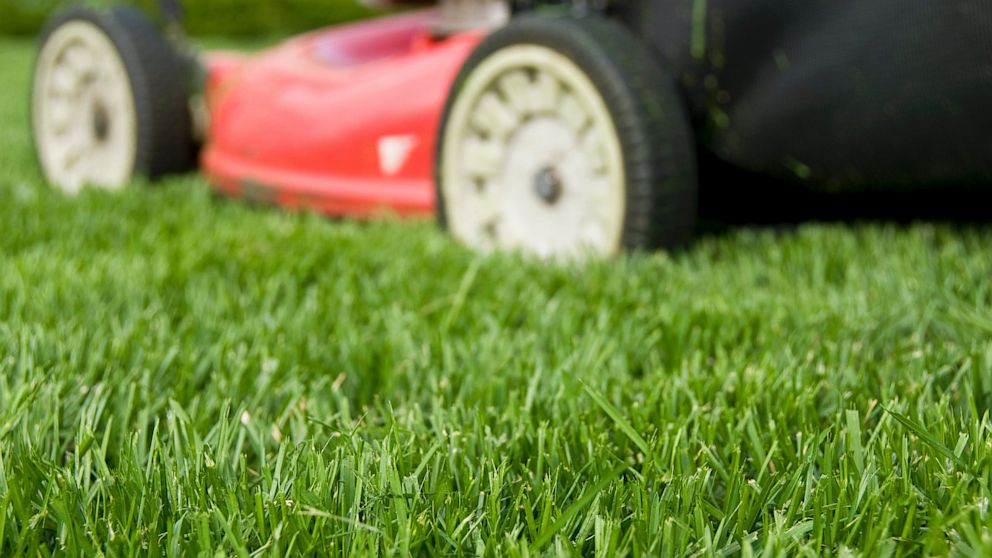Ants are nightmare pests!
Among the many threats to your lawn, some of the worst can be insects. The variety of bugs that can cause damage to your lawn is amazing. VIRIDIS Lawn Care of Salt Lake City Utah can help with pest control so you can keep your lawn lush and beautiful throughout the summer months.
Being informed is critical to identifying, controlling, and preventing insect infestations. Following is information on a common lawn pest – ants.
In small numbers, ants are harmless although perhaps still unwanted. They can even be helpful in aerating the soil and aiding in decomposition which are both beneficial to grass health. Large numbers of ants are where problems arise.
Large infestations can cause bare areas or thinning grass. Often, large dirt mounds can crop up in these areas. Besides being unsightly, this can expose grass roots and kill grass that becomes covered with the excavated dirt. Partial to pathway areas, ants can eventually cause enough soil erosion that pavers and sidewalks can collapse, becoming uneven or unsafe.
Controlling ants is often easier than removing them once they’ve settled. Insure that food and water is not easily available to them. This could be a leaky hose, pet food and water, or compost piles or garden areas. Enriching sandy soils will also help control the ant population. They prefer building their homes in loose, bare, sandy soil. Thick, lush lawns are more difficult for ants to begin building a nest in. The healthier your lawn, the less likely ants will encroach.
Once they have moved in, there are few things you can do to remove them. Insecticides have proven very effective but rarely kill all ants on the property. Doing this alone will likely result in lower numbers for a time but increasing your lawn’s overall health and removing available food and water sources will encourage the ants to relocate somewhere more hospitable.
VIRIDIS Lawn Care can help you with your pest control. Our professionals can diagnose and treat your lawn at the first sign of an ant infestation to help prevent unsightly mounds or paving damage from becoming a problem in your landscaping.








